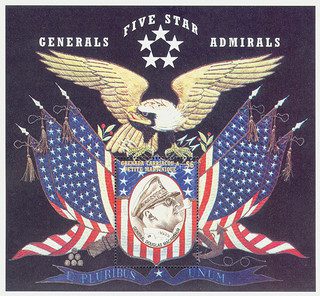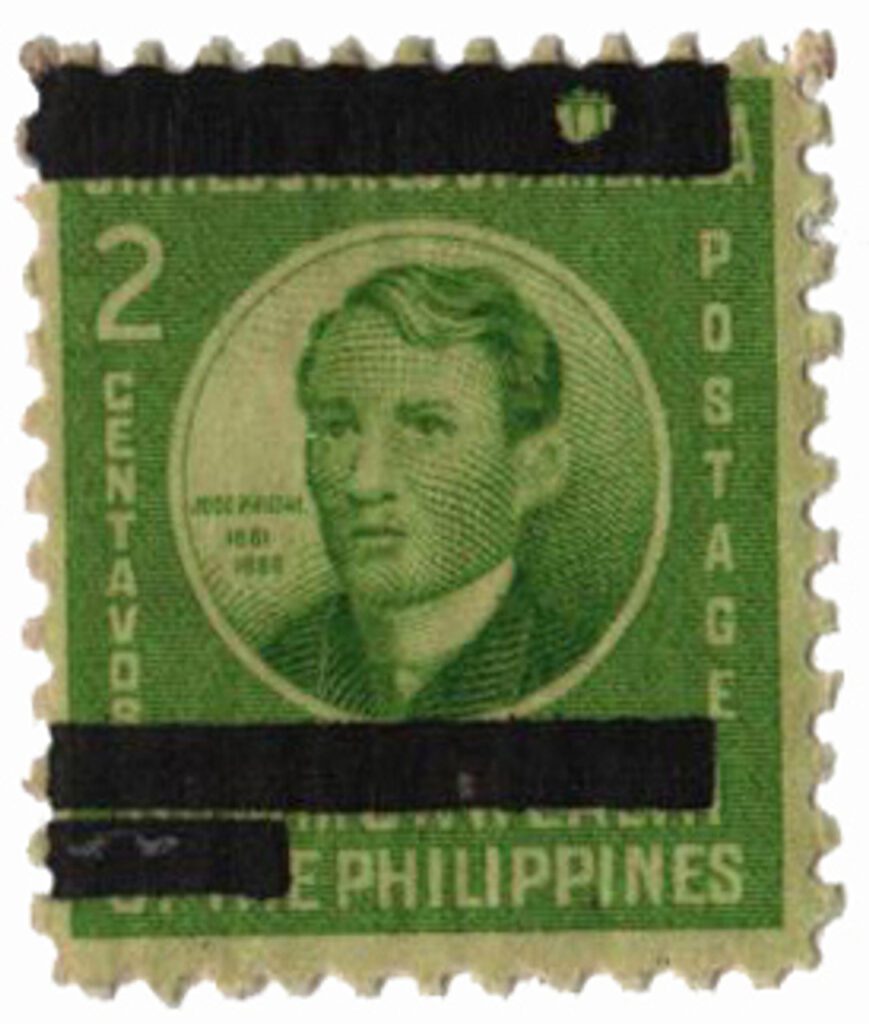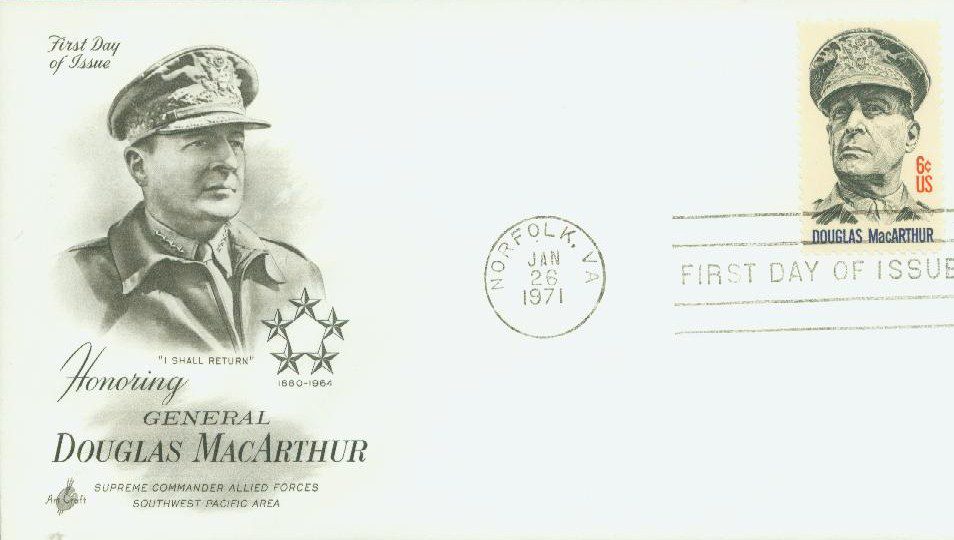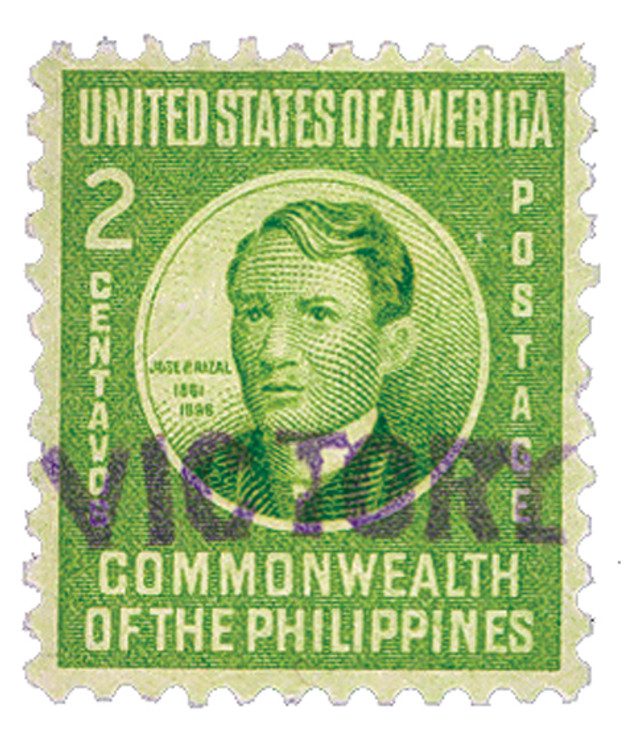
On October 20, 1944, General Douglas MacArthur fulfilled one of the most famous promises of World War II when he waded ashore on the Philippine island of Leyte and declared, “People of the Philippines, I have returned!” This moment marked the beginning of the long-awaited liberation of the Philippines from Japanese occupation and cemented MacArthur’s reputation as a determined and strategic military leader.
MacArthur’s connection to the Philippines began nearly a decade earlier. In 1935, he was appointed military advisor to the Philippines, which had been an American colony since the Spanish-American War at the turn of the 20th century. Tasked with helping the islands create an independent army, MacArthur moved there with his family and worked to train and modernize the Filipino forces. Two years later, he retired and settled into civilian life, leaving behind the country he had come to respect deeply.

As tensions rose across the globe, the world edged closer to World War II. In July 1941, President Franklin D. Roosevelt federalized the Philippine army and recalled MacArthur to active duty as commander of US Army Forces in the Far East. Just months later, on December 7, Japan launched a surprise attack on Pearl Harbor, bringing the United States into the war. Less than ten hours after that attack, Japanese forces invaded the Philippines, putting MacArthur and his men in a desperate defensive position.
MacArthur initially retreated to the Bataan Peninsula with his troops, attempting to hold the line against the advancing Japanese. When Bataan became increasingly untenable, he moved his headquarters to Corregidor, a fortified island in Manila Bay. But Corregidor soon came under heavy air attacks, and the situation grew increasingly dire. By February 1942, the Allies were facing imminent defeat, and President Roosevelt ordered MacArthur to evacuate to Australia. Reluctantly, MacArthur obeyed but made a vow that would define his legacy: “I shall return.”
While MacArthur assumed command of Allied forces in Australia, the fate of his troops in the Philippines became grim. In April 1942, approximately 70,000 American and Filipino soldiers on Bataan were forced to surrender, beginning the infamous Bataan Death March, during which thousands of men died under brutal conditions. Corregidor surrendered the following month, sending another 15,000 Allied troops into captivity. The Philippines were now firmly under Japanese control, and the Allies had yet to formulate a clear plan for liberation.
Despite these setbacks, MacArthur never wavered in his promise. Over the next two years, he led a series of victories in the New Guinea campaign, steadily building the forces needed to return to the Philippines. By September 1944, he was prepared to launch the invasion, although some military leaders, including Admiral Chester Nimitz, preferred a more direct approach to Japan that bypassed the islands. MacArthur successfully made his case to the Joint Chiefs of Staff, convincing them of the strategic and symbolic importance of retaking the Philippines.
The Allies assembled the largest landing force ever used in a Pacific campaign, with more than 300 ships approaching Leyte in the fall of 1944. On October 20, the invasion began. MacArthur’s troops stormed the beaches, and hours later he waded ashore, fulfilling the promise he had made nearly three years earlier.
The Battle of Leyte Gulf, which followed immediately, became one of the largest naval battles in history. The battle saw the first use of Japanese kamikaze attacks, in which pilots deliberately crashed explosive-laden planes into Allied ships. Despite the intense assault, Japanese forces were forced to retreat, and they would not launch another major offensive for the remainder of the war.

MacArthur continued his campaign across the Philippines, liberating Allied prisoners in January 1945 and recapturing the capital, Manila, in March. While he officially declared the offensive over in June, scattered fighting persisted until the end of the war in August 1945. MacArthur’s return to the Philippines not only fulfilled a personal promise but also represented a critical turning point in the Pacific theater, demonstrating both the resolve and resilience of the Allied forces.
| FREE printable This Day in History album pages Download a PDF of today’s article. Get a binder or other supplies to create your This Day in History album. |
Discover what else happened on This Day in History.





He said “I shall return”. Well he did. Then in the Korean War, Truman told him he had to go home, and he did. The he gave that eloquent speech before Congress. “Old soldiers never die, they just fade away” When I make trips to Washington Missouri, where they make corncob pipes, I always think of MacArthur.
A true megalomaniac and egotist. My dad served under him and was highly decorated for his actions, but he despised MacArthur as a commander. he deserved his recall.
Yes, as is appropriate in a civilian controlled military. However, we will never know what the world might be like today had we continue and challenged China when we had the strength to do so.
October 20th, 2022.
Greetings and God’s blessings.
Historian John Prados said that on October 20th 1944 the “I shall return” day of General MacArthur to the Philippines, MacArthur sent a letter to President Roosevelt for FDR’s philatelic collection. Today October 20th , 2022 the FDR Museum in Poughkeepsie New York told me that FDR’s stamp collection was sold. Where is MacArthur’s October 20th , 1944 stamp sent to FDR for FDR’s philatelic collection?
Yours in the Lord ,
Brother Matt